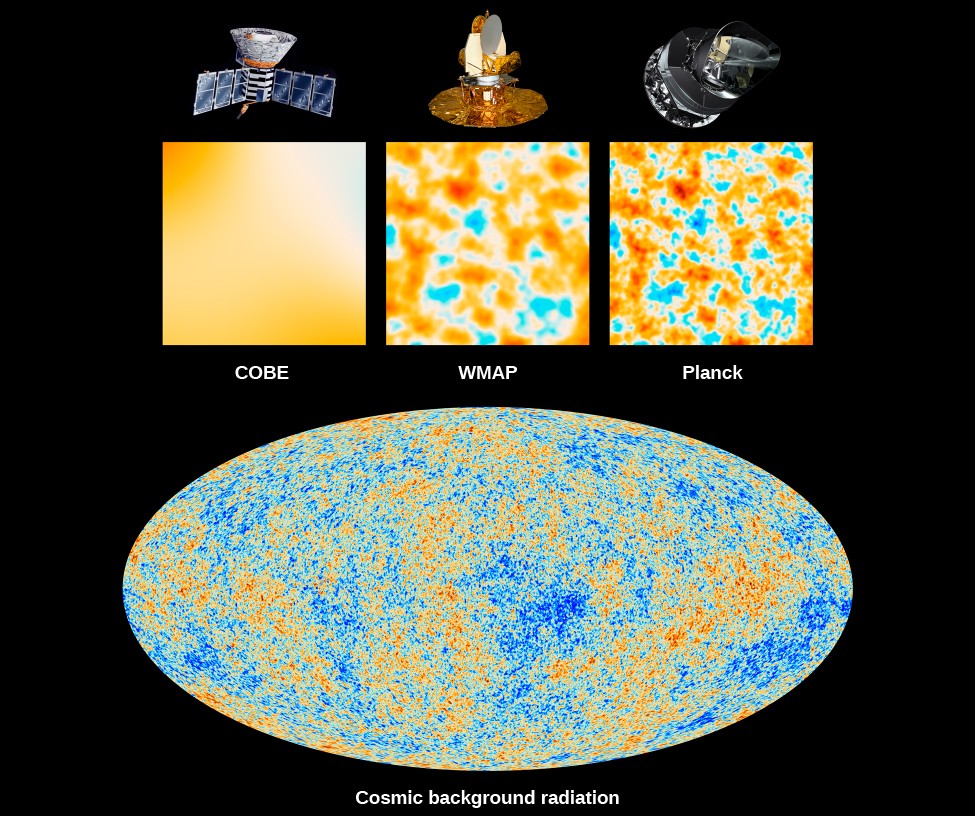In Which Direction Are Nearly All Galaxies Moving?
The study of galaxies has always captivated the curiosity of astronomers and space enthusiasts alike. One of the intriguing questions in this field is the direction in which galaxies are moving. This article delves into the fascinating topic of galactic motion and explores the prevailing trends observed in the vast expanse of the universe.

Galaxies
1. An Overview of Galaxies
Before we dive into the specific direction of galactic motion, let's first understand what galaxies are.
Galaxies are massive systems composed of stars, gas, dust, and dark matter.
They come in various shapes and sizes, ranging from elliptical and spiral galaxies to irregular ones. Our own Milky Way galaxy is a spiral galaxy.
2. The Expanding Universe
To comprehend the movement of galaxies, we must acknowledge the concept of the expanding universe.
The prevailing scientific consensus is that the universe is continually expanding, with galaxies moving away from one another. This notion forms the basis for understanding galactic motion.
3. Hubble's Law
In the 1920s, astronomer Edwin Hubble made a groundbreaking discovery regarding the motion of galaxies.
He observed that galaxies farther away from us exhibit greater redshift in their light spectra, indicating that they are moving away at faster speeds.
This observation led to the formulation of Hubble's Law, which states that the velocity of a galaxy is directly proportional to its distance from us.
4. The Cosmological Principle
The cosmological principle, which assumes that the universe is homogeneous and isotropic on a large scale, provides the foundation for understanding the overall motion of galaxies.
According to this principle, no particular direction is favored for the movement of galaxies on a cosmic scale.
Galaxies
5. The Local Group
While the overall direction of galactic motion does not favor any particular axis, galaxies do exhibit specific patterns on a smaller scale.
Our Milky Way galaxy, along with the Andromeda galaxy and several other smaller galaxies, belongs to a cluster known as the Local Group.
Within this group, galaxies are gravitationally bound and are moving towards a common center of mass.
6. The Great Attractor
Beyond the Local Group, another fascinating phenomenon that influences galactic motion is the Great Attractor.
The Great Attractor is a gravitational anomaly located in the direction of the Centaurus and Hydra constellations.
It exerts a significant gravitational pull on nearby galaxies, causing them to move towards it.
Consequently, the galaxies in the Local Group, including the Milky Way, are also being pulled towards the Great Attractor.
7. Cosmic Microwave Background (CMB) Radiation
The cosmic microwave background radiation, a remnant of the early universe, also provides insights into the motion of galaxies.
Anisotropies in the CMB radiation indicate the existence of large-scale structures in the universe, which can influence the motion of galaxies.
These structures, such as galaxy clusters and superclusters, can impart gravitational forces on galaxies, affecting their overall motion.

The Cosmic Microwave Background
In conclusion, the overall motion of galaxies is driven by the expansion of the universe, as described by Hubble's Law. While no particular direction is favored on a cosmic scale, galaxies within clusters like the Local Group exhibit specific patterns of motion. Additionally, the gravitational influence of anomalies like the Great Attractor and the presence of large-scale structures in the universe contribute to the intricate dynamics of galactic motion. Studying the direction of galactic motion allows scientists to gain a deeper understanding of the cosmos and its evolution over time.
